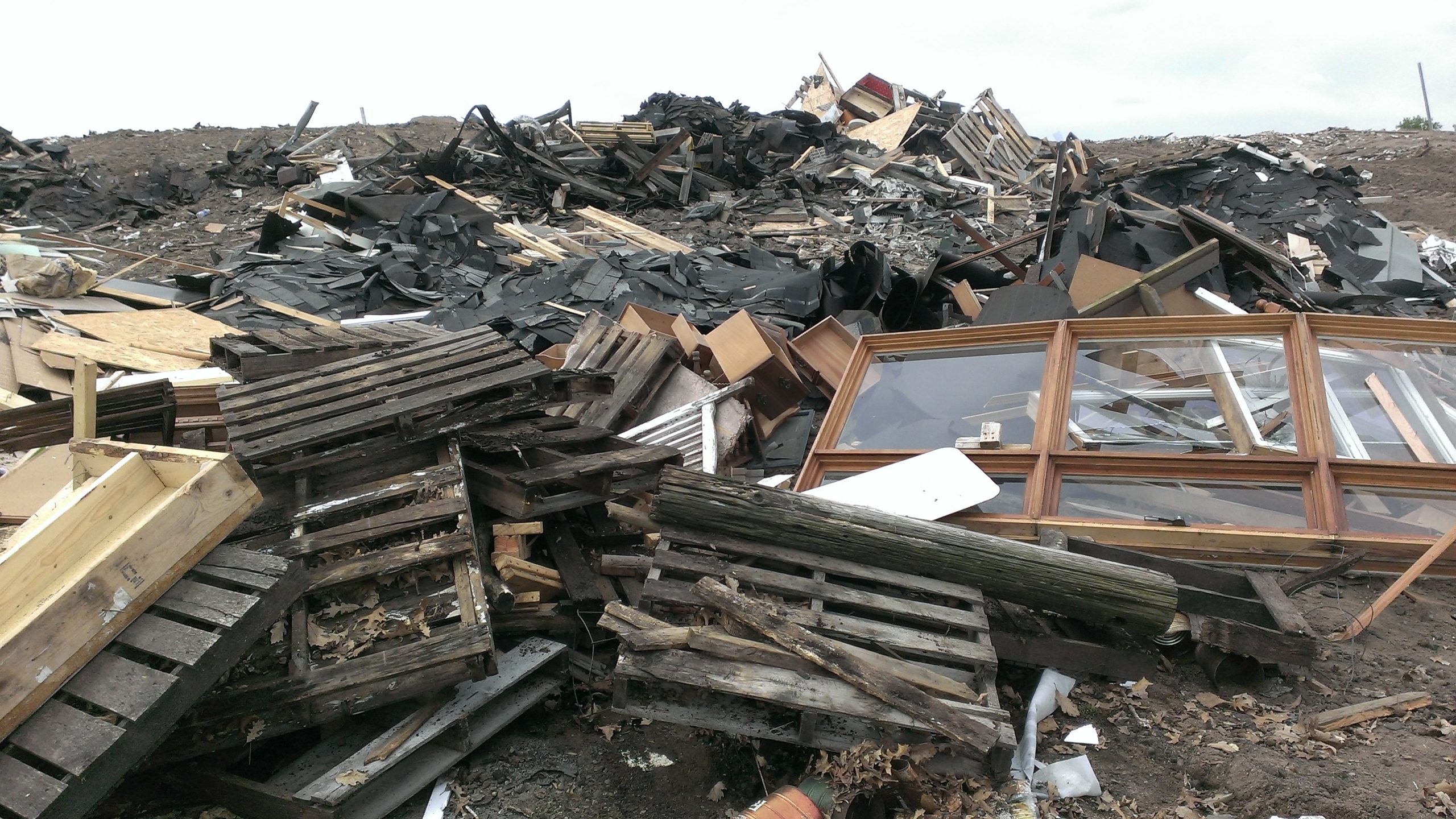After a hurricane, flood, or wildfire, communities face a long process of rebuilding.
But in the immediate aftermath of a disaster, there’s a lot of debris lying around — sometimes more waste than a community would typically produce all year.
Townsend: “You get buildings that are destroyed. You get lots and lots of earth and trees and other debris which now need to be cleaned up and moved somewhere.”
Timothy Townsend is an environmental engineer at the University of Florida.
He says some of this debris can be dangerous.
For example, some of the ash from last year’s Maui fires has high levels of toxic arsenic — likely from volcanic soils, old building materials, and herbicides that were once commonly used on nearby farms.
Townsend: “All of a sudden, you’re faced with not only is this just normal debris that would go to a landfill, but potentially it’s a hazardous waste.”
As the climate changes, extreme weather disasters will likely become even more common.
So Townsend says it’s vital that communities plan ahead to deal with debris — for example, by having a landfill with enough space, knowing who will pick up the wreckage, and preparing to separate hazardous waste.
By planning early, communities can help prevent one disaster from becoming another.
Reporting credit: Ethan Freedman / ChavoBart Digital Media
We help millions of people understand climate change and what to do about it. Help us reach even more people like you.
Source link


